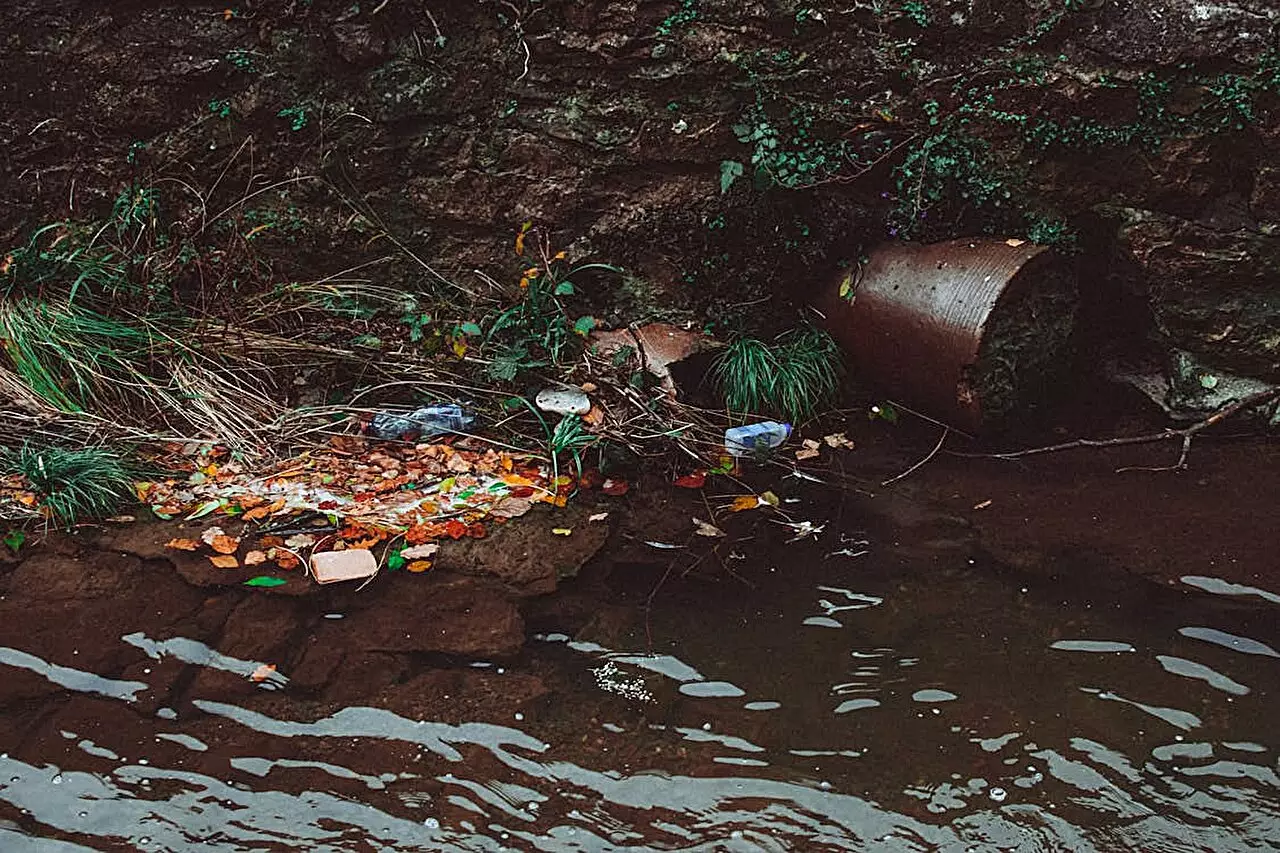The Citarum River, once celebrated for its natural beauty, is now renowned as one of Indonesia’s most severely contaminated rivers. Over the years, this vital waterway has faced the dual challenges of pollution and urbanization, compounded by the relentless effects of climate change. In response to these pressing issues, an innovative initiative known as the Citarum Living Lab has emerged. This program synergizes the efforts of local communities, governments, nonprofits, and researchers to create a framework for developing sustainable solutions aimed at revitalizing the river ecosystem.
At the heart of the Citarum Living Lab is a transdisciplinary approach that emphasizes the importance of local knowledge in environmental management. Spearheaded by researchers from Monash University, this initiative reflects a growing recognition that effective solutions necessitate the engagement and participation of those who are directly impacted. Dr. Paris Hadfield, a leading researcher on the project, emphasizes the importance of co-producing knowledge among stakeholders to formulate actionable strategies that are attuned to the community’s socio-economic realities.
In this context, the Living Lab is more than just a research project; it is a collaborative ecosystem designed to empower communities and promote inclusivity in decision-making processes. The initiative seeks to harmonize economic growth, environmental stewardship, and societal needs, establishing a holistic framework for river management that is replicable in similar settings across the globe.
A critical dimension of the Citarum Living Lab is its focus on practical design interventions that address both technical and social challenges. Dr. Michaela Prescott’s contributions from Monash Art, Design, and Architecture illustrate how design can bridge the gap between engineering solutions and the lived experiences of the people affected. By crafting systems that resonate with local cultural and social norms, the project not only addresses pollution but also reinforces community identity and cohesion.
The design elements employed in the Living Lab serve dual purposes: they provide immediate remedial actions against pollution, while also fostering a sense of ownership among the community members. This cultural sensitivity is essential for ensuring the long-term sustainability of the solutions implemented, as they are more likely to be embraced and maintained by the local population.
The findings from the Citarum Living Lab encapsulate a vital lesson for environmental remediation efforts globally: local engagement and interdisciplinary collaboration are paramount. As issues of river pollution and urbanization become increasingly pervasive, the strategies developed through this initiative could serve as a blueprint for similar projects worldwide.
By marrying scientific inquiry with grassroots advocacy, the Citarum Living Lab is poised to redefine how communities can come together to confront environmental degradation. This pioneering program not only aims for a healthier river but also cultivates a resilient community that can adapt to the challenges posed by modernity and climate change. Through its innovative model, the Citarum Living Lab stands as a testament to the power of collective action in restoring the ecological balance of our shared environments.


Leave a Reply